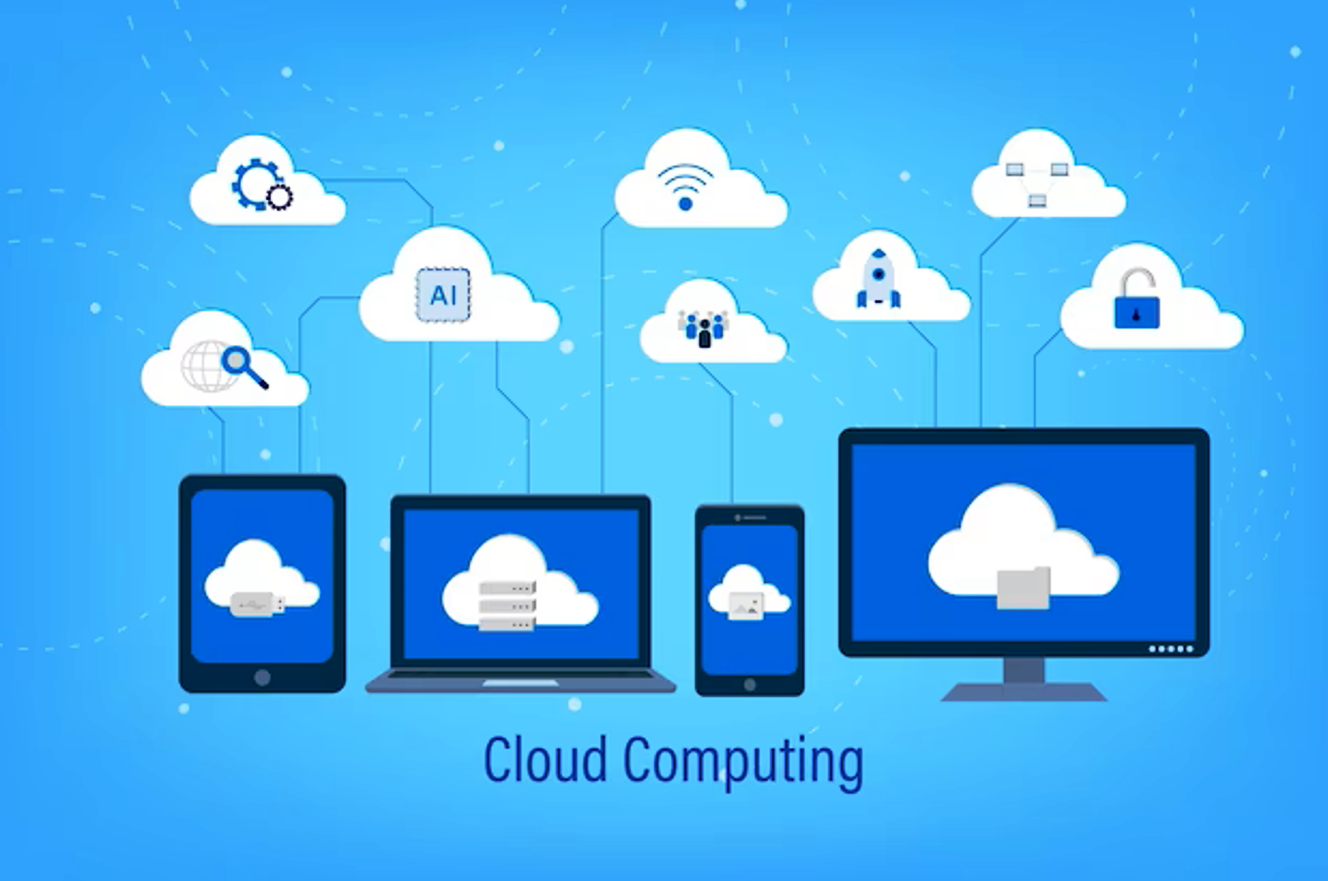Cloud computing is a technology that allows users to access a variety of computing resources, such as servers, databases, storage, and applications, over the internet, rather than through local hardware and infrastructure. This technology enables businesses and individuals to store and access data and software on remote servers, and to use computing resources on demand, without having to invest in and maintain their own physical infrastructure.
Some of the key features of cloud computing include:
On-demand Self-service: Users can provision computing resources on demand, without requiring human interaction with service providers.
Broad Network Access: Cloud services are accessible from a variety of devices and locations, over the internet.
Resource Pooling: Cloud providers combine and allocate computing resources dynamically, to serve multiple users with different needs.
Rapid Elasticity: Cloud resources can be scaled up or down quickly, in response to changing user demands.
Measured Service: Cloud providers can track and measure usage of computing resources, enabling users to pay only for what they use.
Some of the key benefits of cloud computing include:
Scalability: Cloud computing resources can be scaled up or down easily, enabling businesses to respond quickly to changing demand.
Cost savings: By using cloud computing resources, businesses can avoid the cost of purchasing and maintaining their own physical infrastructure.
Flexibility: Cloud computing enables businesses to access a variety of computing resources on demand, without being limited by their own hardware and infrastructure.
Security: Cloud providers typically offer robust security measures and backup systems, to protect against data loss and cyber attacks.
Cloud computing has transformed the way businesses and individuals access and use computing resources, making it possible to work more efficiently and effectively, and to store and analyze vast amounts of data on a global scale.




